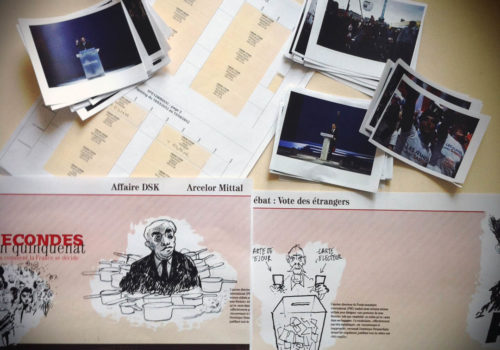Over the past five years, an entire ecosystem has emerged that touches every aspect of fictional, journalistic and autobiographical narrative. The logic, conception and style of a project should respond to the transmedial dialectic. The role of the author and the issue remain central, but they are placed in the heart of complementary narrative worlds, of collective interactive experiences with the narrative and other complex processes.
There is new editorial arrangement, innovative narrative, new professional challenges, and the development of a professional identity, but the heart of the craft remains unchanged.
Whether in the production of a collaborative multimedia work, a video, a web documentary or an interactive platform, without a coherent series, nothing can be considered. Despite appearances, each of these formats is grounded in an approach, in a point of view, in a story. Photographers see their role expanding, they have to continue telling their stories in images and reinventing their role. As smugglers of an “enhanced” reality, photojournalists remain our greatest witnesses of History.
In the past, the media’s use of photography was static. Today it is connected, shared, interactive and participative. The story can come to life through a number of channels: the web, mobile phones, tablets, televisions and social networks. In 2012 we are confronted with the problems of flow, interest and community. Economically, even if an alternative is underway with sponsorship and the arrival of “crowdfunding” on various platforms, the question of funding remains the sinews of the war.
The new column “Digital Storytelling” is intended to make the science of digital storytelling comprehensible. It will cover the entire chain, from production to distribution, presenting structures and projects by offering portraits of their creators.
















